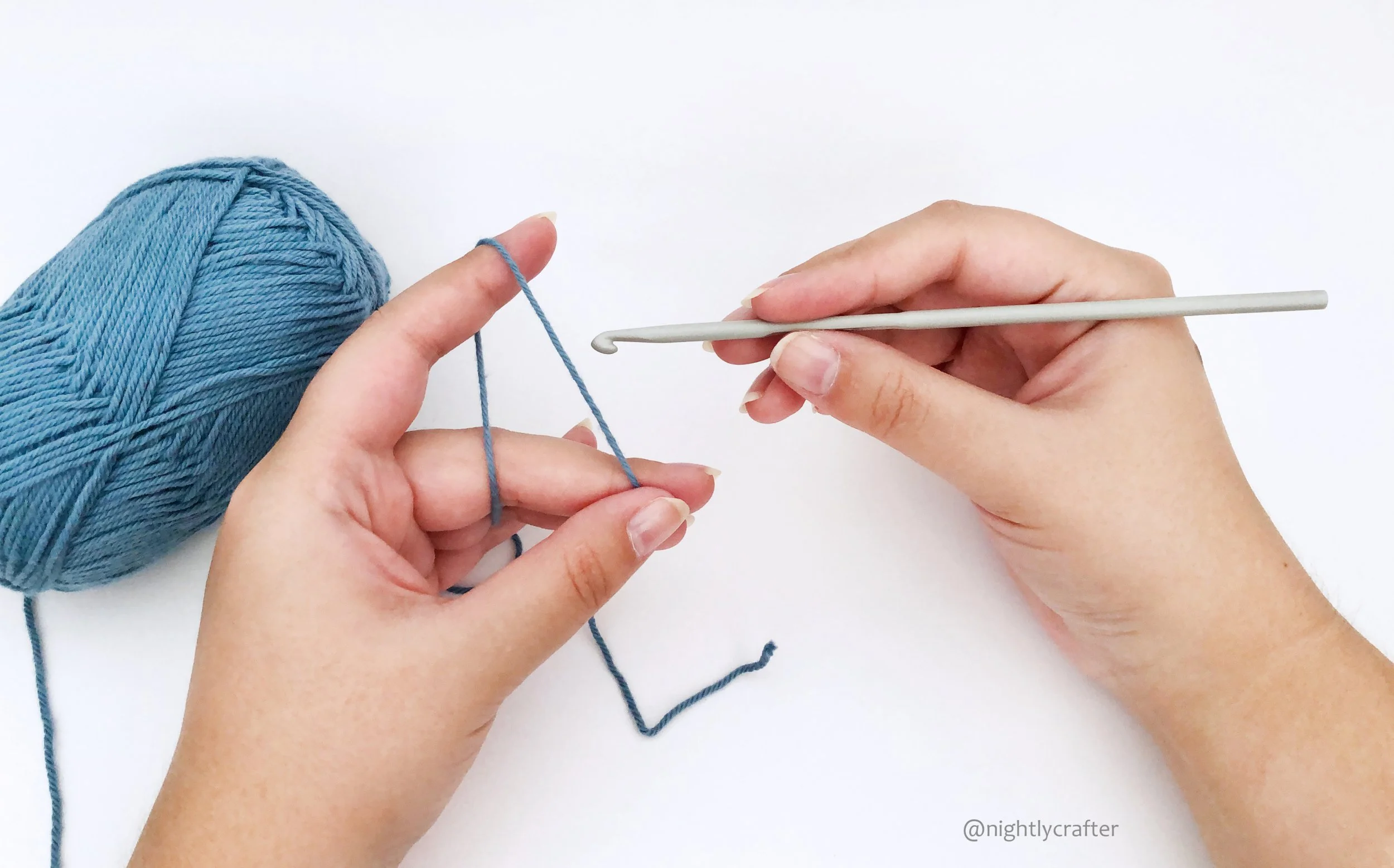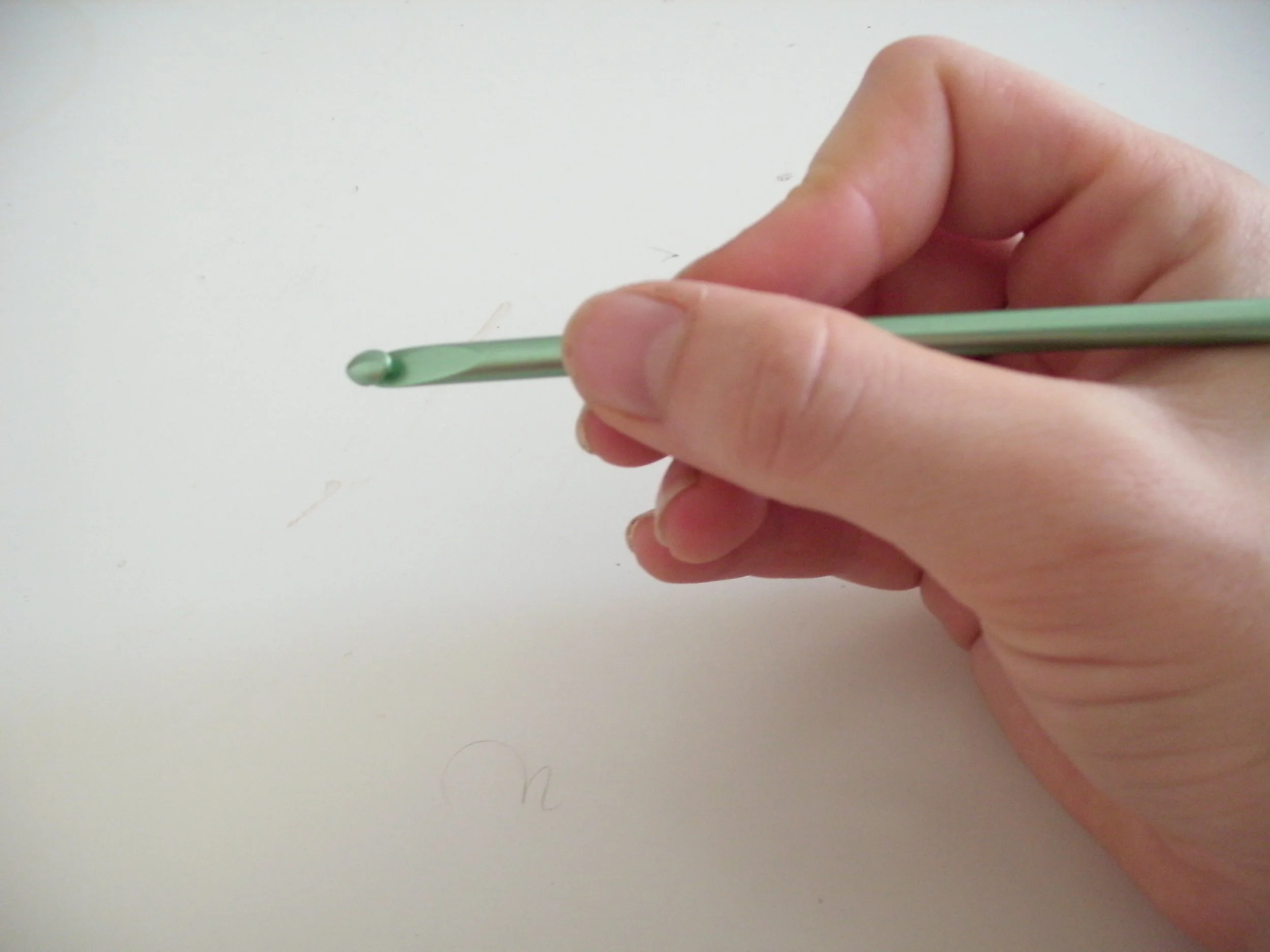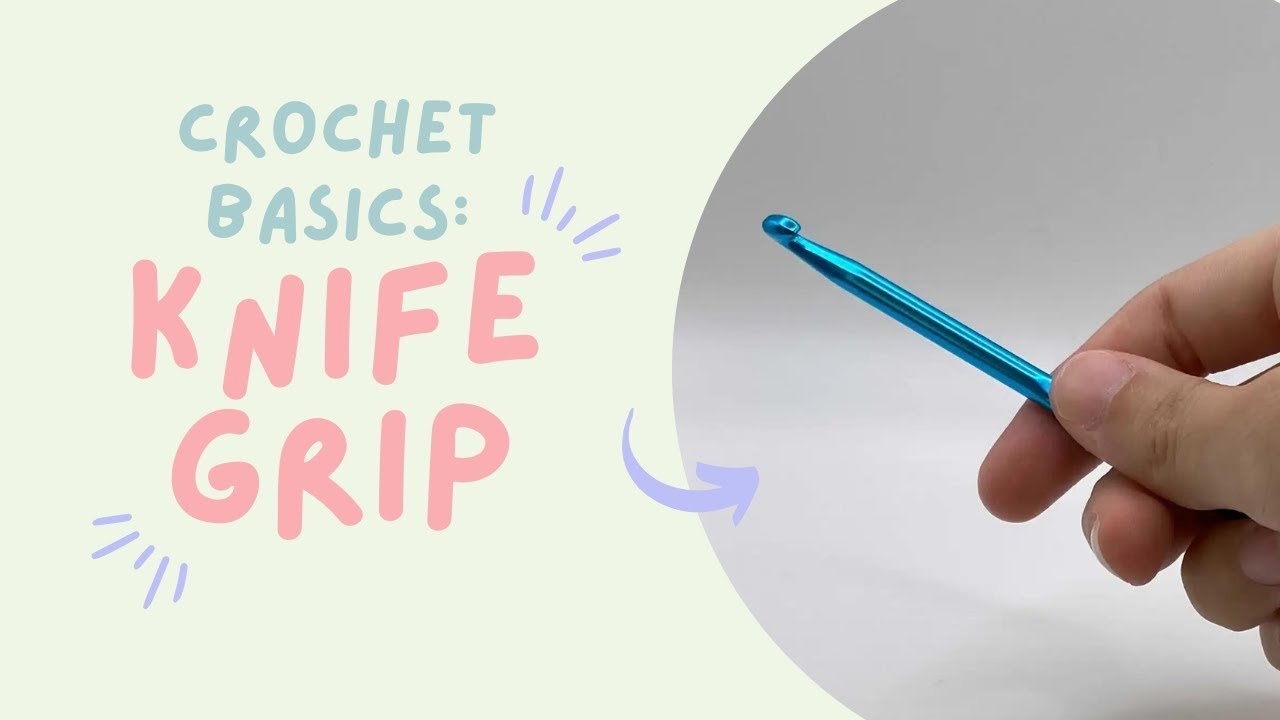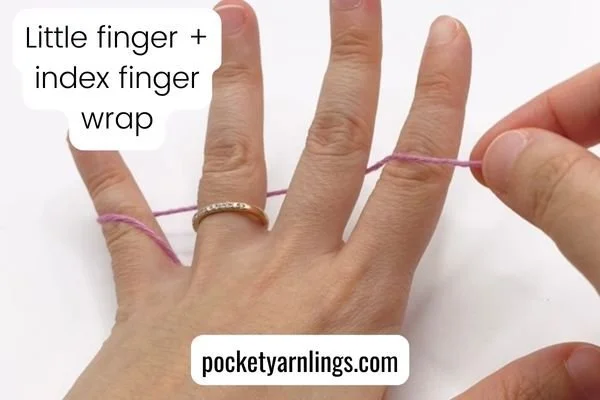Crochet 101: A complete beginners guide
BRIEF INTRODUCTION
Hello aspiring crochet enthusiast, and welcome to your first step into this world! Whether you're looking to find a new hobby, tap into your creativity, or create unforgettable handmade gifts for your loved ones, you've come to the right place!
In this comprehensive guide, we'll unravel the intricate world of crochet, stitch by stitch, starting from the basics, and give you the necessary information to start your journey. This includes covering key materials, basic stitches and even assistance in reading crochet patterns.
Remember, every master was once a beginner, and the only way to get there is to start! It's normal to feel a bit overwhelmed when you're starting a new skill, but remember every stitch you make is progress.
Ready to get hooked on crochet? Let's dive in
*This post contains affiliate links, so we may earn a small commission when you make a purchase through links on our site at no additional cost to you*
WHAT IS CROCHET?
Crochet is a delightful craft that involves creating fabric from yarn or thread using a crochet hook. It is characterized by its method of working in stitches, kept open on the hook until they are linked to the preceding stitch. This technique distinguishes crochet from other yarn crafts such as knitting, which keeps multiple stitches open on the needle at once.
The magic of crochet lies in the countless possibilities it presents. With just a hook and yarn, you can create a multitude of projects ranging from small, adorable amigurumi (stuffed toys) to larger projects like clothing or home decor. Different types of yarn offer varying textures and finishes, allowing you to tailor your projects to your personal preferences.
All you need to start is some yarn, a suitable hook, and a bit of patience. Once you've mastered the basic stitches, the world of crochet is yours to explore. Whether you're creating for yourself, gifting, or crafting for charity, crochet is a hobby that brings joy, relaxation, and a sense of accomplishment.
ESSENTIAL CROCHET SUPPLIES
Despite the intricate and complex-looking patterns that you can create, the essential tools required for this craft are remarkably few. In fact, the heart of crochet lies in two primary supplies: the yarn and the crochet hook. However, there are other tools which can help simplify your crochet experience - scissors, yarn needles, stitch markers.
Get all of your essential crochet supplies from Love Crafts Website
The world of yarn is diverse and colourful, with variety of types of weights. The "type" refers to the material of the yarn. This could be natural fibres such as cotton, wool, or silk, or synthetic fibres such as acrylic and polyester. Each material has its own characteristics - for example, cotton is washable and sturdy, making it ideal for dishcloths, while wool is elastic and warm, perfect for winter items.
Acrylic yarn is a great choice for beginners - it is easy to handle, machine washable, and available in a wide range of colours.
Yarn "weight" refers to its thickness. This can range from lace-weight (very thin) to jumbo (very thick). The weight of the yarn you choose will depend on your project and the desired outcome.
However, Medium or worsted weight yarn is recommended for beginners - it is not too thick nor thin, making it easy to work with and see your stitches clearly.
I would recommend the DK yarn variety on LoveCrafts for beginners
2. Crochet Hook
The crochet hook is your primary tool - your "paintbrush". It is used to pull loops of yarn through other loops to form the stitches that build up your crocheted fabric. The size of your hook you use depends on the weight of the yarn and the density of fabric you want to create.
Thicker yarns need larger hooks, while thinner yarns need smaller hooks
Larger hooks with thicker yarns will create looser fabrics, while smaller hooks with thinner yarns will product denser/tighter fabrics.
Hook sizes are typically labeled with a letter or a number (in the metric system). Materials for hooks include aluminium, plastic, bamboo, and even luxurious options like rosewood.
3. Other Key Supplies
Stitch Markers: These are like the bookmarks of the crochet world. They help to mark specific stitches or rows in your projects, making it easier to keep track of your progress. Stitch markers can be specially made tools, or you can improvise with items - safety pins or paper clips
Yarn Needles: These are used to weave in loose ends of your yarn once you've finished your project. They have a blunt tip and a large eye, making it easy to thread your yarn
Scissors: A good pair of sharp scissors is essential for cutting your yarn. There are even specialized yarn scissors available, but any sharp, clean pair will do.
These are the basics to get you started, but as you dive deeper into crochet, you might find other tools helpful as well. Remember, though, that the most important tool in crochet is your own two hands - everything else is there to assist.
HOW TO HOLD THE CROCHET HOOK AND YARN:
Learning to crochet is like learning to dance - it starts with understanding the basic steps, or in this case, learning how to properly hold your tools. It is common that the hook is held in the dominant hand and the yarn in the non-dominant hand. However, there are different ways to hold your crochet hook and yarn, and it ultimately comes down to what feels most comfortable for you.
Holding Your Crochet Hook:
There are two main ways to hold your hook: the pencil grip and the knife grip
Pencil Grip: As the name suggests, this is similar to how you would hold a pencil. The handle of the hook rests against your middle finger while your thumb and index ginger are positioned near the hook's flat area, also known as the "thumb rest".
Knife Grip: In this method, you hold the crochet hook like you would hold a knife when cutting food. The handle rests against your palm, and your thumb and index finger are positioned near the thumb rest.
Try both methods and see which one feels most natural to you. there is no right or wrong way - it is all about what gives the most control and comfort
Pencil Grip (left two images) vs Knife grip (right two images)
Holding Your Yarn:
When it comes to holding your yarn, the goal is to maintain even tension throughout your work. Here's a simple method to try:
Hold the end of the yarn in your right hand (if you're right-handed; if you're left-handed, reverse the directions)
With your left hand, loop the yarn over your little finger from back to front
Carry it over your ring finger, under your middle finger, and over your index finger
Your index finger will control the yarn feeding into your work, while your middle and ring fingers will hold the work you've already done
Remember, maintaining a consistent yarn tension is key to even stitches, but it might take some practice to get right.
READING CROCHET PATTERNS:
Are you ready to decode the language of crochet patterns? It's like entering a world of symbols and abbreviations that hold the key to crafting stunning designs. As you venture into this realm, you might encounter terms like "sc," "dc," "ch," and more. Fear not, for we're here to guide you through deciphering these codes and understanding even the most intricate patterns.
Imagine each stitch as a note on a musical sheet, and the pattern as a symphony waiting to be played. Abbreviations like "sc" represent single crochet, "dc" for double crochet, and "ch" for chain. By recognizing these symbols, you'll be able to follow along and transform yarn into remarkable creations.
Here are common beginner abbreviations:
Ch - Chain
SC - Single Crochet
DC - Double Crochet
HDC - Half Double Crochet
TR - Treble Crochet
SL St - Slip Stitch
Inc - Increase
Dec - Decrease
SK - Skip
SP - Space
Rep - Repeat
YO - Yarn over
Tog - Together
BLO - Back Loop Only
FLO - Front Loop Only
BASIC CROCHET STITCHES:
I will be creating a separate blog going into further details on key beginner stitches but here is some information on the very basic ones.
The Chain Stitch (ch): As the first stitch you'll encounter, the chain stitch sets the stage for your crochet adventure. It's like laying the foundation for a new project. With your crochet hook in hand, loop the yarn over and pull it through the loop on your hook. Repeat this process, creating a chain of interconnected loops. Chains are often used as a starting point for more complex stitches, like a canvas waiting for a masterpiece.
Single Crochet (sc): The single crochet stitch is like a tight embrace, creating a dense and sturdy fabric. Insert your hook into the desired stitch, yarn over, pull up a loop, yarn over again, and pull through both loops on your hook. You'll witness the birth of a stitch that's compact yet versatile, perfect for creating snug garments or intricate designs.
Double Crochet (dc): Elevate your crafting experience with the double crochet stitch. Begin by yarn over, insert your hook into the designated stitch, yarn over, pull up a loop, yarn over again, and pull through the first two loops on your hook. Repeat the yarn over and pull through the remaining two loops. Double crochet stitches create a taller and more open texture, ideal for scarves, blankets, and lacy projects.
Slip Stitch (sl st): The slip stitch is your magical connector. It's like a delicate bridge between stitches, allowing you to seamlessly move from one area to another. Insert your hook into the designated stitch, yarn over, and pull through both the stitch and the loop on your hook. Slip stitches are commonly used for joining rounds, creating decorative edges, or attaching embellishments.







